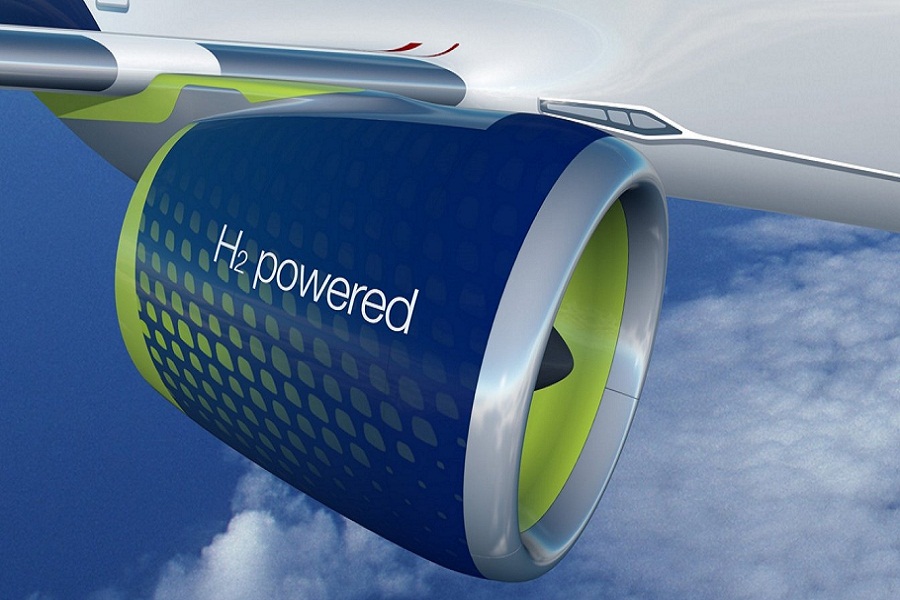
Published :
Updated :

Although air travel's contribution to global greenhouse gas emissions is just 3 per cent, the overall impact is massive, surpassing the total emissions of entire nations.
Traditional planes release about 24 kg of carbon dioxide per mile, a shocking contrast to buses. In response, the aviation industry is exploring alternatives, with hydrogen fuel cells standing out as a promising solution.
ZeroAvia, a prominent hydrogen-electric aircraft manufacturer, achieved a significant milestone in early 2023 with the triumphant flight of the world's first hydrogen-powered aircraft. The 19-seater plane, equipped with both a kerosene-powered engine and a hydrogen fuel cell engine, gracefully completed a 10-minute test flight from Cotswold Airport in the UK.
Following suit, Universal Hydrogen took to the skies, conducting a 15-minute test flight over the West Coast of the United States with their hydrogen fuel cell-powered aircraft, ‘Lightning McClean’. However, only one of its two engines was hydrogen-powered.
Meanwhile, H2Fly, a German company, achieved sustainable flights exceeding three hours with the fully hydrogen-dependent HY4 aircraft, opting for liquid hydrogen over its gaseous counterpart.
The potential impact of liquid hydrogen is highlighted by the International Council on Clean Transportation (ICCT), foreseeing a remarkable 90 per cent reduction in greenhouse gas emissions for propeller-driven aircraft using liquid hydrogen fuel cells. Notably, these aircraft generate no harmful nitrogen oxides or toxic byproducts, as water is the sole byproduct of hydrogen fuel cells.
ZeroAvia and Universal Hydrogen are gearing up to introduce hydrogen-powered commercial flights within the next year, contemplating the use of liquid hydrogen to enhance their aircraft's range.
Aviation giants Boeing and Airbus are also making strides in hydrogen engines for large commercial aircraft. Airbus envisions hydrogen-powered planes like Turboprop, Turbofan, and Blended-Wing Body, designed to cover substantial distances with 100-200 passengers.
As hydrogen assumes a significant role in aviation, the industry's influence on greenhouse gas emissions and global warming is on the verge of transformation.
The success of the 10-minute test flight in the previous year propelled hydrogen-powered aircraft to the forefront of the aviation landscape, providing a preview of a more environmentally friendly future for air travel.
contact.iftekhar.tne@gmail.com


 For all latest news, follow The Financial Express Google News channel.
For all latest news, follow The Financial Express Google News channel.